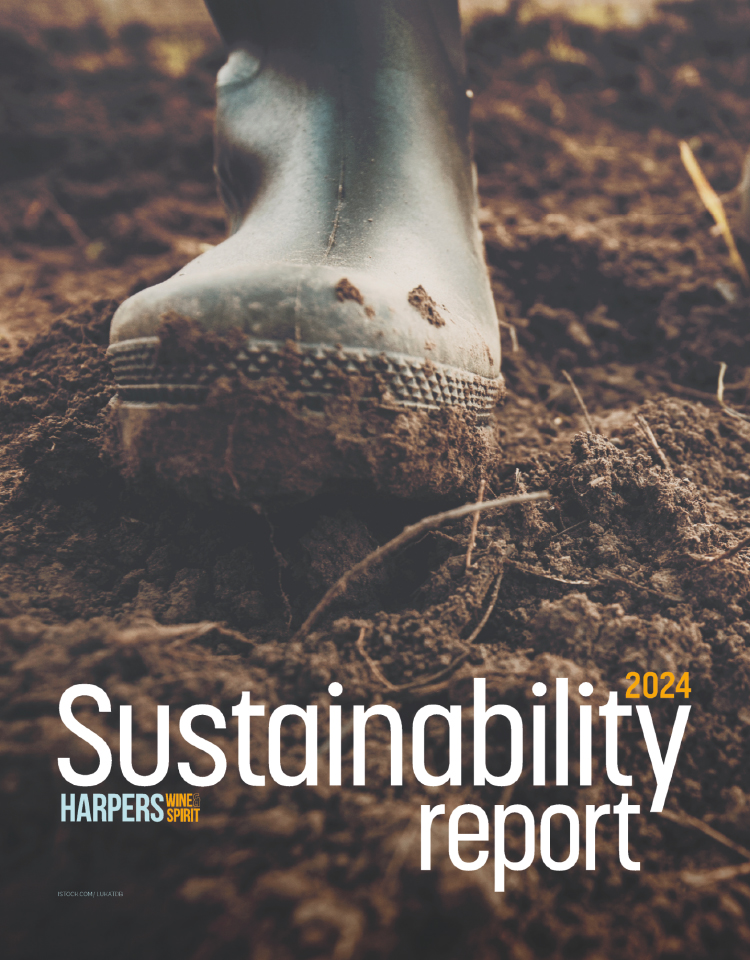Global oversupply bites deeper
The problem of global oversupply and the accompanying fierce price competition in key markets is having an ever-greater impact on profitability around the globe.
With Australia and parts of France already deep into a wine downturn, it increasingly appears that South Africa and Chilean producers are also suffering serious economic problems.
Just last week, the South African Wine & Brandy Company (SAWBC) met with a government agricultural committee to ask for increased support to regain a competitive advantage' and warned that it was becoming virtually impossible' for South Africa to compete profitably on price in its two key markets, Germany and the UK. As well as an oversupply of wine
driving a discount culture in supermarkets, the continued strength of the rand has meant margins were low.
According to The Business Day, Johan van Rooyen, CEO of the SAWBC, asked the government for increased support for research and the promotion of Brand South Africa; reduced statutory costs; the introduction of lower taxes; and the establishment of a hotline' between government and the industry, among other measures.
Bulk prices for red wines have crashed - down, on average, 22% in 2005, with some varieties down 44%, according to figures from South African Wine Information and Systems.
Over in Australia, Lawrie Stanford of the Australian Wine & Brandy Corporation warned this week that 2-3% of this year's crop may be left on the vine despite the overall harvest estimated to be 7% lower than last year's record. Last week, Brian McGuigan announced a fall in pre-tax profit at McGuigan Simeon of 41% to A$13.5m (US$9.9m) for the six months to 31 December, despite a 5% rise in volumes to 65.1m litres. The Wine & Brandy Corporation estimates that there is still about 900 million litres of wine without a home - representing 60% of the Australian industry's 2005 crush,' he said.
In Chile, profits are being hit hard by the weakness of the dollar, rather than any oversupply. Supply and demand appears to be in a better balance than in other wine-producing countries, but the peso has gone from 520 pesos per dollar to 800, so companies are having to take a long-term view,' said Michael Cox, UK director of Wines of Chile.







